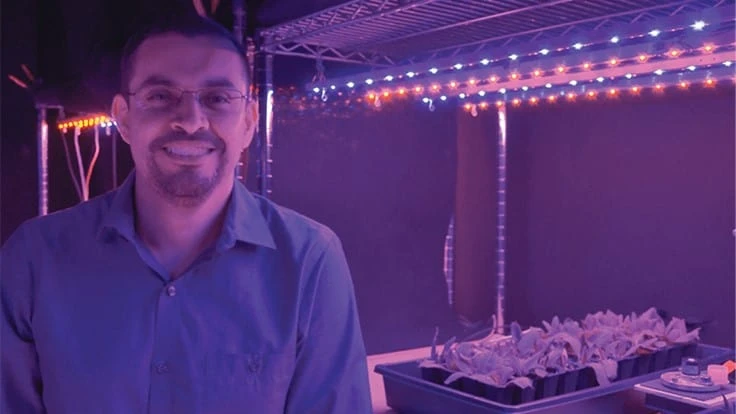

In January, the Horticultural Research Institute announced its latest round of funded projects, including ‘Developing environmental and cultural protocols for the production of containerized succulents in greenhouses and nurseries’ from Dr. Roberto Lopez, assistant professor at Michigan State University, and W. Garrett Owen, extension specialist at MSU. The project is one of two MSU projects to receive funding from HRI; the other is ‘Benefits or features: Which cue is more effective on retail signs?’ from Dr. Bridget Behe.
Greenhouse Management: What led you to do succulent research?
Roberto Lopez: When I have visited growers — not just in Michigan, but around the country — everyone is growing succulents. So I ask them, ‘Where are you getting your production information?’ and most said that there is none and that they are growing them just because they are popular. So it got me thinking that if they could streamline the production of succulents, they could make even more money. There are also growers in Northern latitudes who struggle with succulents because they grow slowly and they end up having them in the greenhouse for six months or more. That’s really what this research is looking at.
GM: Why aren’t there already widely known best practices for succulent production in place like there are for crops like bedding plants?
RL: To date, there’s only been research primarily done at Virginia Tech and at the University of Minnesota, and on different aspects of the plants. So, for example, Garrett is going to be working on nutrition [in our study]. Right now, there are people that say succulents need very little fertility and others that say succulents need a lot of fertility. So what he’s going to look at is that question and find out how much fertility these plants really need. I’m going to look at basically photoperiod and see if, based on our preliminary findings, growing them under long days can allow you to double the growth in about six weeks. We are going to cover the main ones, mostly, like echeveria, crassula and agave.
GM: When you’re approaching a project like this and designing the work you are going to do, what do you find to be the most challenging part of getting the most value for the end grower?
RL: I would say trying to get consistent material so we can repeat the studies [in the future]. Again, succulents are so popular that we may be able to get a cultivar now. But let’s say that cultivar is available now; that cultivar might not be available [in six months] because there is just so much demand. With how they were grown so far — often in California, sometimes outdoors — growers in the Midwest and the Eastern U.S. growing them in greenhouses had no information available to grow them quickly.

Explore the March 2020 Issue
Check out more from this issue and find your next story to read.
Latest from Greenhouse Management
- Anthura acquires Bromelia assets from Corn. Bak in Netherlands
- Top 10 stories for National Poinsettia Day
- Langendoen Mechanical hosts open house to showcase new greenhouse build
- Conor Foy joins EHR's national sales team
- Pantone announces its 2026 Color of the Year
- Syngenta granted federal registration for Trefinti nematicide/fungicide in ornamental market
- A legacy of influence
- HILA 2025 video highlights: John Gaydos of Proven Winners





